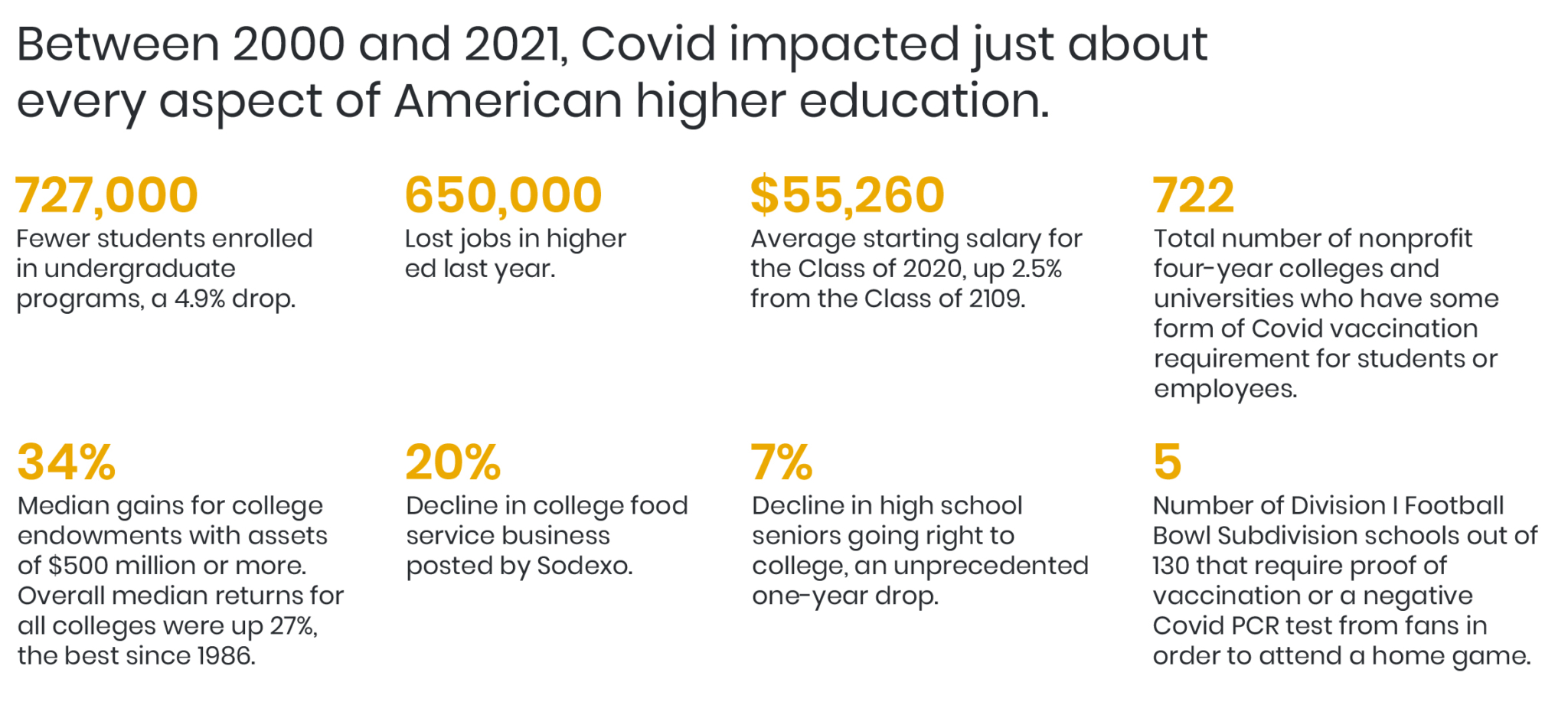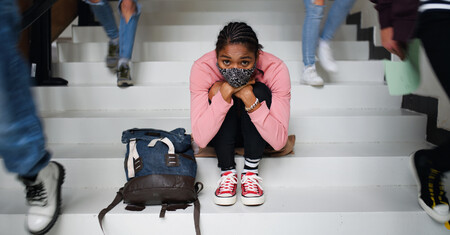Community Disruption and Delayed Deadlines Reported
The Common App revealed data about COVID-19 “community disruption” and how it had affected the students in a recent survey. “Puerto Rico (40 percent), California (28 percent), Guam (26 percent), and Alaska (25 percent) more frequently reported personal hardships associated with the COVID-19 pandemic than applicants in South Dakota (11 percent), Louisiana (13 percent), and Nebraska (13 percent),” the report said. Preston Magouirk, a data scientist with the Common App, said the variation in experiences across the country were “very significant.” The report also found that admissions deadlines and decisions were delayed: 20 percent of early decisions and 15 percent of early-action deadlines were delayed. For regular decision, 16 percent of the deadlines were extended by an average of 28.5 days. And, for rolling admission, 14 percent of deadlines were extended by an average of 26.19 days.
Source: Inside Higher Ed
Preparing for the Digital Knowledge Revolution
The digital knowledge economy shift from institutions to consumers that happened in the music, film, and journalism industries is underway in higher education. As the consumer became the dominant force in each industry, institutional control declined. For higher education, this means that students will seek out the same convenience they get from those other industries — an education that fits their circumstances at an affordable price. Here’s how it promises to play out in higher ed:
-
An explosion of world-class alternative providers (such as Coursera and Google), that are inexpensive, convenient, highly rated and heavily enrolled (though their completion rates are unreported).
-
Education that is accessible 24/7, and does not adhere to an academic calendar.
-
A knowledge-economy successor rooted in outcomes will eclipse the current model of focusing on time, process, and teaching.
-
A new definition of real equity, where all students can achieve the same outcomes, rather than having the same access, by giving them the differential resources they need to attain them.
-
Non Degree certifications and “just in time” education will increase in status and value.
Source: The Chronicle of Higher Education
Challenges to Student Engagement Continue
A recent survey of both higher ed professionals and students in North America, the United Kingdom and Australia about accessible materials and technologies in use on their campuses, their familiarity with students’ accessibility needs, and the pain points involved indicated that more than half of respondents (54 percent) said that student engagement is currently their biggest challenge. Institutions have employed a number of strategies to help keep students engaged in remote learning environments, including:
-
Sharing more videos to enhance lectures (93 percent)
-
Creating opportunities for peer-to-peer engagement (86 percent)
-
Using interactive technologies (80 percent)
-
Encouraging students to keep video cameras on (79 percent)
-
Offering assistive technologies (79 percent)
-
Conducting attendance-based activities that affect grades (73 percent) Incorporating more Universal Design for Learning principles (66 percent)
Source: Campus Technology
Impact of COVID on College

Source: Forbes
